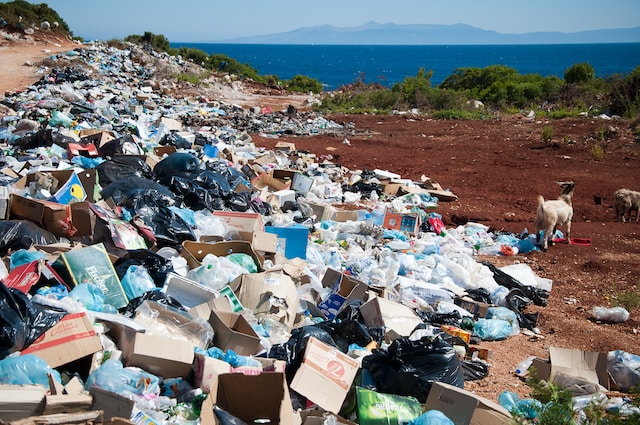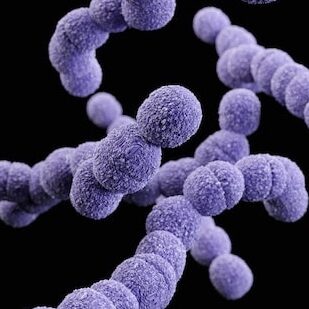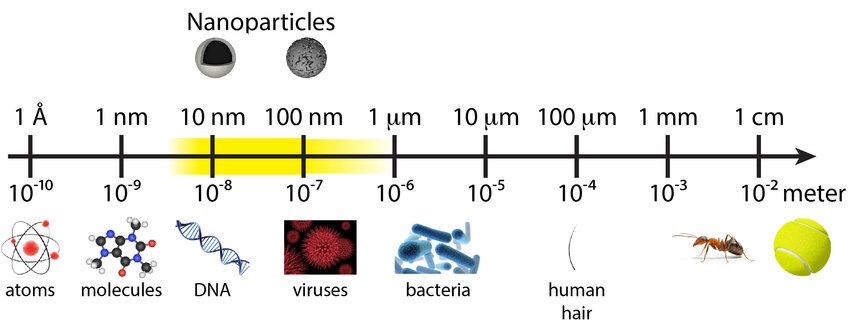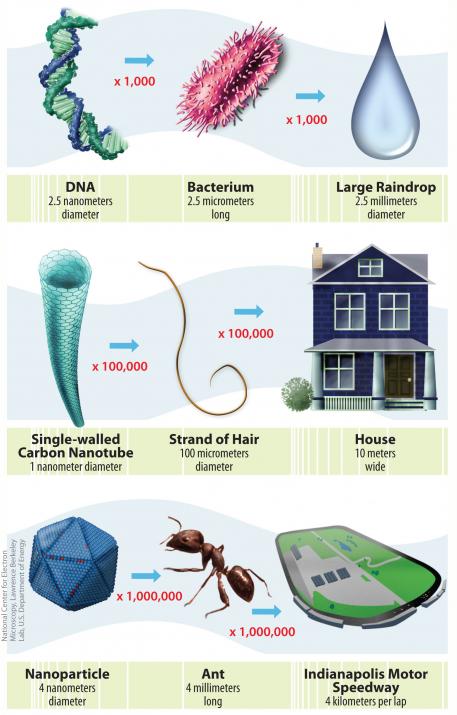Cover photo by Photo by Patrick Hodskins on Unsplash
We find plastics everywhere we look, from streets, beaches, and forests to the seabed and the Arctic ice. They could be bottles, bags, food containers, syringes, or candy wraps.
And now, scientists have detected plastic particles in a new place: clouds floating above mountains.
The worst is that plastics do not biodegrade; they just break down into smaller fragments over time, turning into ‘micro- and nanoplastics’. Once disintegrated, they can be dragged by water and wind because of their microscopic size.
Today’s Focus of Attention is reader-supported. We sometimes include products we think are useful for our readers. If you buy through links on this page, we may earn a small commission.
The Sky is Not the Limit
A peer-reviewed study published in Environmental Chemistry Letters, the first of its kind, found that clouds around Japan’s Mount Fuji and Mount Oyama contain alarming levels of plastic.
Hiroshi Okochi, a professor at Waseda University and author of the investigation, pointed out that plastic pollution can reach long distances and contaminate the planet’s crops and fresh water through ‘plastic rainfall’.
The analysis showed that in the samples collected, the amount of man-made polymers was so high that researchers believe it might cause clouds to form while emitting greenhouse gases.
“If the issue of plastic air pollution is not addressed proactively, climate change and ecological risks may become a reality, causing irreversible and serious environmental damage in the future.”
What the Findings Reveal
The samples for the study were gathered at altitudes between 1,300 and 3,776 metres and showed nine types of polymers, such as polyurethane and rubber.
At the same time, Hiroshi Okochi discovered that the cloud’s mist contained around 6.7 to 13.9 pieces of microplastics per litre, surrounded by a significant volume of ‘water-loving’ plastic bits. Plastic pollution plays a key role in rapid cloud formation, which may, after a while, affect the overall climate.
Micro- and nanoplastics decompose faster when subjected to ultraviolet light in the upper atmosphere, discharging greenhouse gases in the process. In polar regions, for instance, a high concentration of synthetic polymers in the clouds could shake the ecological equilibrium.
What is Plastic Pollution?

This health threat is composed of plastic fragments smaller than five millimetres, originating from the degradation of larger plastic materials. And they continue breaking down until reaching micro- and nanoscales.
Industrial sewage discharged into rivers and oceans is another cause of environmental damage that can cause a variety of health problems.
Moreover, scientists consider tyres to be a substantial contributor, along with plastic beads used in personal care products. One more likely source is dust lifted up by cars on the roads.
The Microscopic Realm of Plastic Pollution
As we delve deeper, we run into nanoplastics, a more insidious and pervasive aspect of this environmental menace. NPs are nanoscopic particles measuring less than 100 nanometres in size.
They come from the breakdown of large plastic debris, like water bottles and bags, and are present in all our environments, both marine and terrestrial.
Putting it in perspective, a nanometre is one billionth of a metre. Most proteins are 10 nm; a typical virus is 100; a bacterium is 1,000; and a person’s red cell is around 7,500 nanometres in diameter.
A sheet of paper is 100,000 nanometres; a strand of human DNA is 2.5; and an average atom is somewhere from 0.1 to 0.5 nm.


These measures give us an idea of the dimensions of nanoplastics. With such a minuscule size, they can enter almost anything inside our bodies, from our bloodstream and lungs to our brain and cells.
Hence, NPs are likely to be found in the water we drink, the food we eat, and the air we breathe. So it’s no surprise that they’re in the clouds too.

Microscopic Threats
Polystyrene and polyethylene terephthalate are amongst the most common plastics used in everyday products (bags, bottles, containers). They are everywhere.
Over the past few years, the bulk of studies have focused on the impact of polystyrene NPs and have demonstrated how they penetrate the cell membrane, accumulate, and incite an inflammatory response.
Consequences of Plastic Pollution

While the full scope of plastic pollution’s toxic effects is under ongoing study, recent findings highlight alarming health issues in mice exposed to micro and nanoplastics, ranging from behavioural changes and irritable bowels to potential cancer links.
Animals and humans alike are inhaling and ingesting an alarming volume of microplastics. It has resulted in plastics being identified in human blood, placentas, lungs, hearts, faeces, and brains.
In February 2023, scientists from Leipzig University and the Helmholtz Centre for Environmental Research published a pioneering study about the harmful effects of nanoplastics on an organism’s metabolism and development.
The paper, conducted on zebrafish embryos, showed PET NPs in their internal organs and illustrated how exposure to those particles impacts their physiology.
Photo by Bianca Petrisor on Unsplash
A Clouded Future
The revelations concerning plastics reaching as far as our clouds underline an urgent call for action. The potential domino effect on climate change and ecological balance is a stark warning against the unchecked growth of plastic contamination.
As citizens of this planet, it falls upon us to advocate for responsible plastic use and support initiatives aimed at curbing the cancer of plastic debris. Our concerted efforts today can help clear the land, oceans, and air of synthetic polymers, ensuring a safer, cleaner environment for generations to follow.
Please share your thoughts. We’d love to hear from you.


